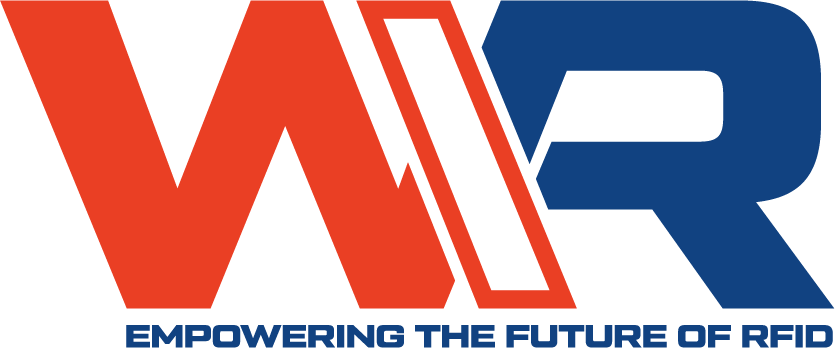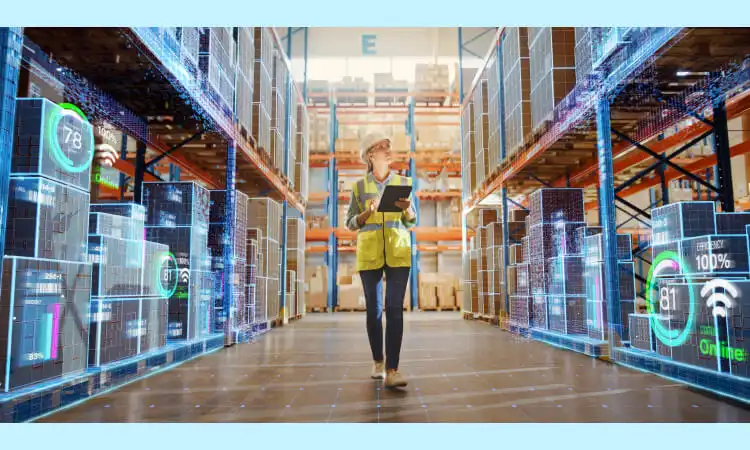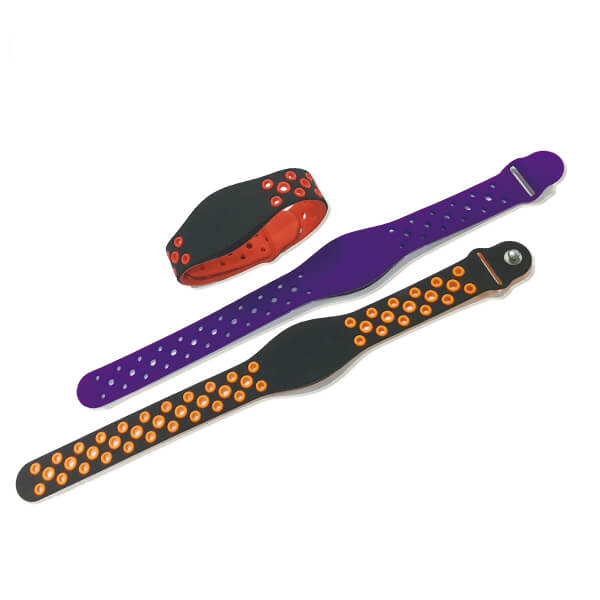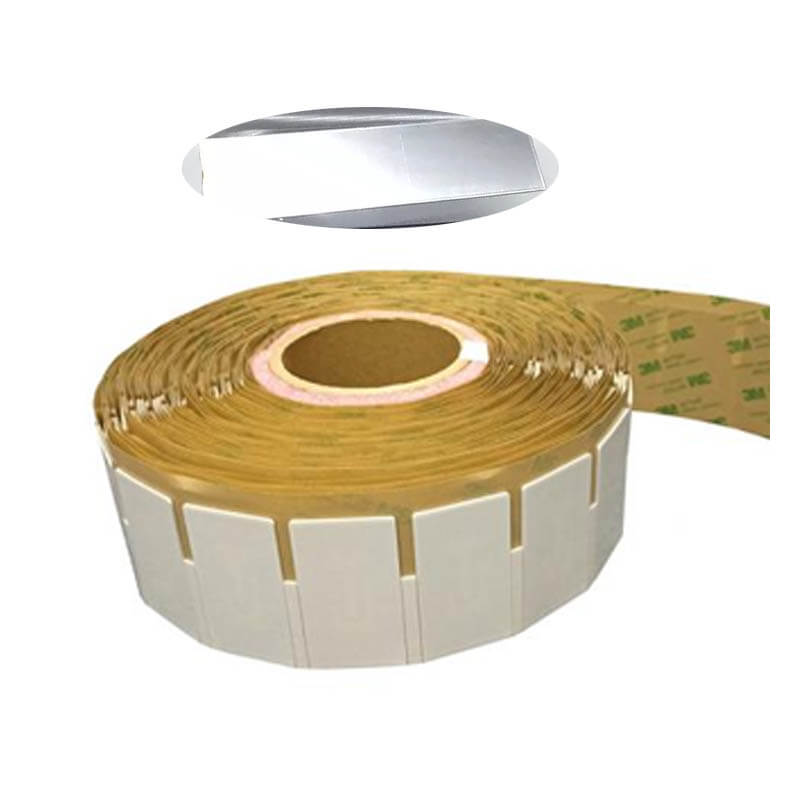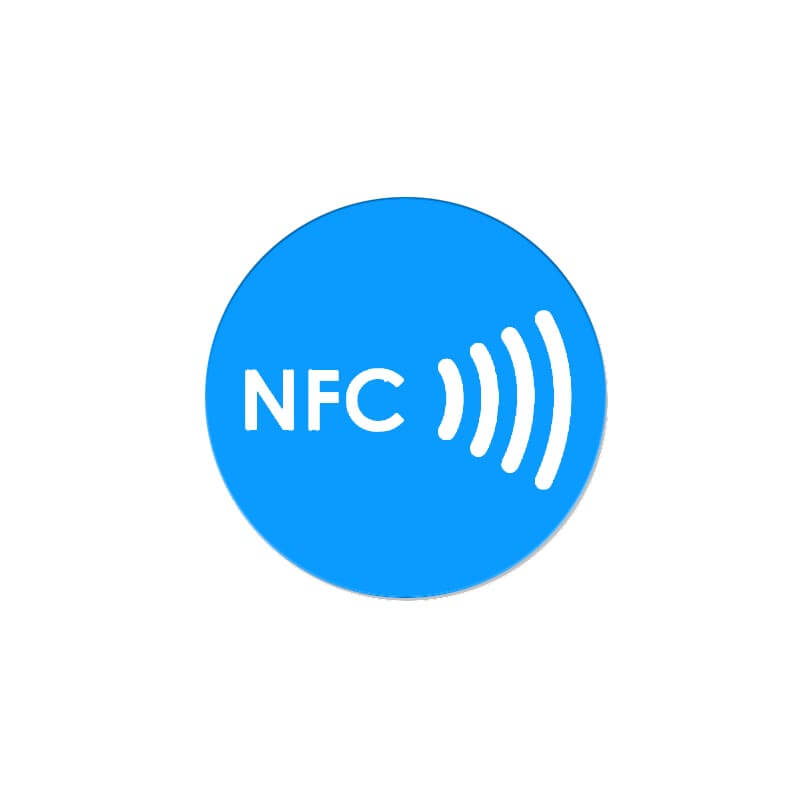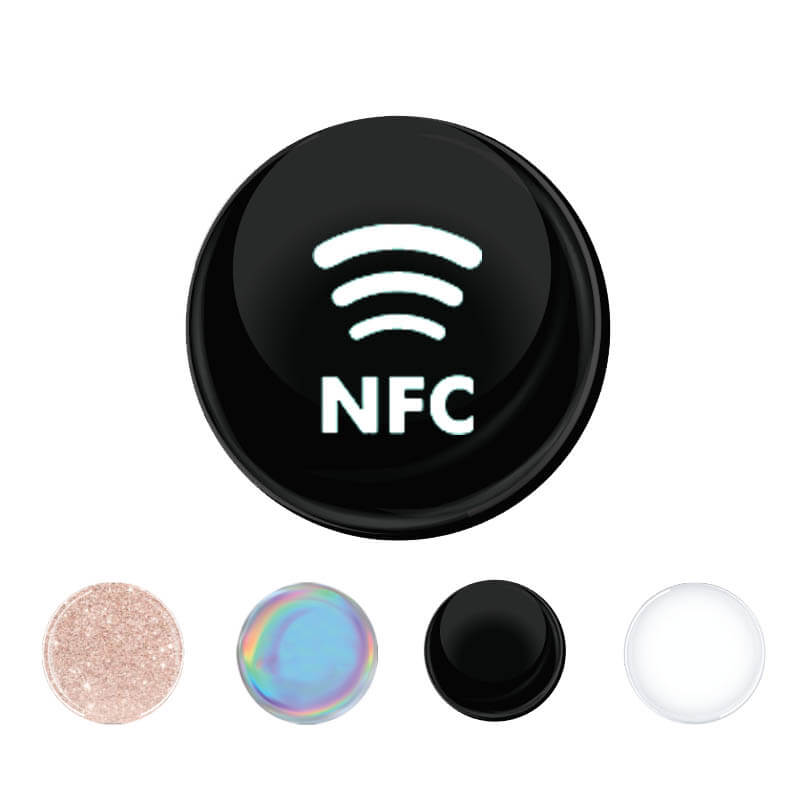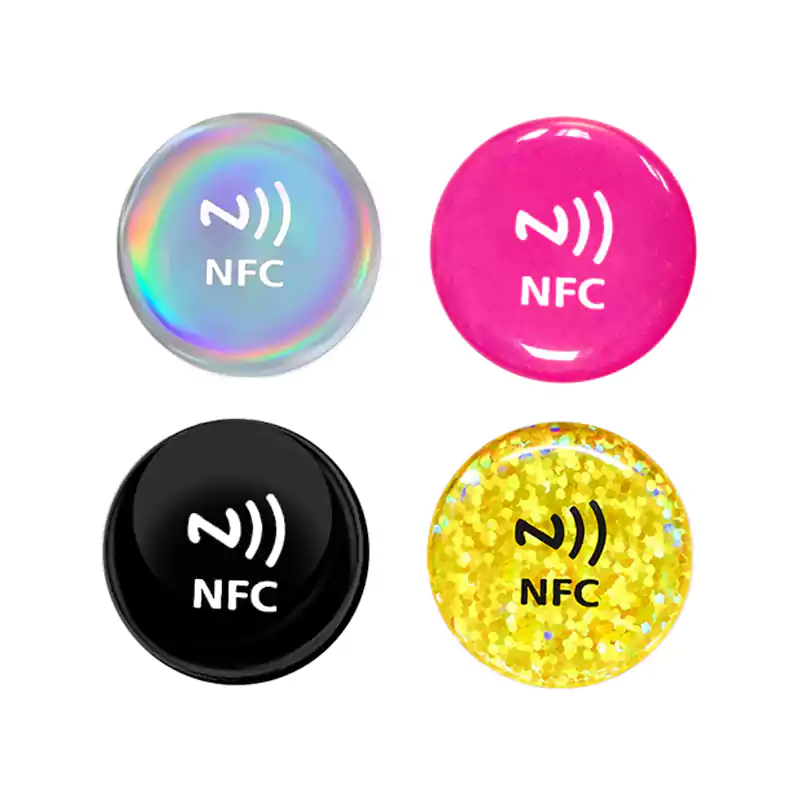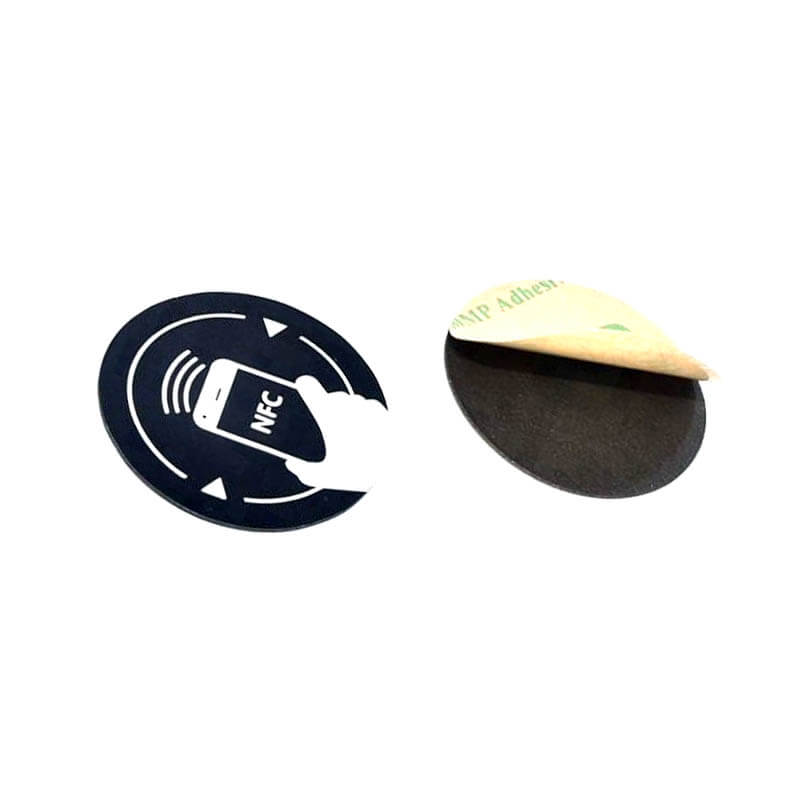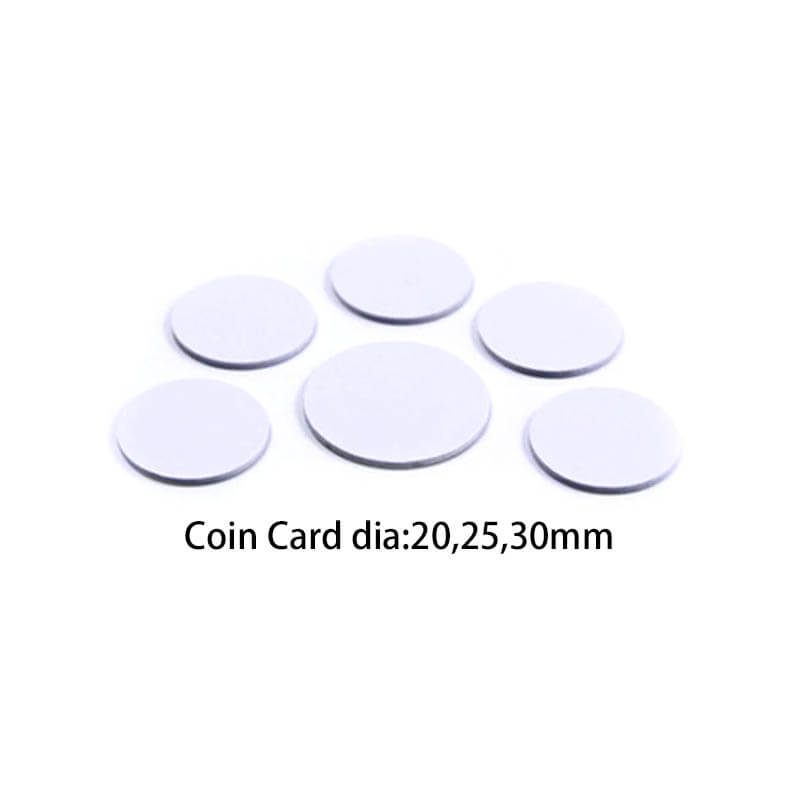The advent of radio frequency identification (RFID) technology has been a game changer for data analytics. By tagging assets with radio frequency identification (RFID) chips, organizations can instantly track inventory, equipment and even vehicles, generating a wealth of actionable data. It’s not just about knowing where things are, it’s about gaining insights to optimize operations, reduce costs and increase efficiency. From retail to healthcare, RFID-driven analytics are transforming industries.
What Is RFID and How Does It Fuel Data Analytics?
RFID uses electromagnetic fields to track assets via tags and readers. Each tag stores data—like an asset’s ID, location, or status—that readers capture and send to software for analysis. Unlike barcodes, RFID scans multiple items instantly without line-of-sight, delivering real-time, accurate data. This data feeds analytics platforms, revealing patterns, inefficiencies, or opportunities. For example, a retailer can analyze stock movement to predict demand, while a hospital tracks equipment usage to streamline workflows. RFID’s ability to generate clean, real-time data makes it a powerhouse for analytics-driven decision-making.
Why RFID Is a Data Analytics Goldmine
RFID doesn’t just track stuff—it supercharges analytics with:
- Real-Time Data: Get live updates on asset locations or inventory levels, enabling instant decisions.
- High Accuracy: RFID boosts inventory accuracy to 95–99%, per HID Global, reducing errors that skew analytics.
- Granular Insights: Track every movement, from warehouse to store shelf, for detailed trend analysis.
- Automation: Eliminate manual data entry, ensuring cleaner datasets for reliable analytics.
- Scalability: Handle thousands of assets across locations, feeding robust data into analytics tools.
How RFID Enhances Data Analytics: The Process
Here’s how RFID and analytics team up:
- Tagging Assets: Attach RFID tags (passive or active) to items like products, tools, or machinery. Tags store unique data points.
- Data Collection: Readers—handheld or fixed—capture tag data, like location or condition, in real time.
- Data Integration: RFID software sends data to analytics platforms, often integrating with ERP or BI tools like SAP or Tableau.
- Analysis and Insights: Analytics tools process RFID data to spot trends, predict demand, or flag inefficiencies.
- Actionable Decisions: Use insights to optimize inventory, streamline operations, or improve customer experiences.
Key Benefits of RFID-Driven Data Analytics
RFID takes analytics to the next level. Here’s how:
- Inventory Optimization: Retailers use RFID data to track stock levels, reducing overstock by 10–20% and preventing shortages.
- Predictive Maintenance: Manufacturers analyze equipment usage patterns to schedule maintenance, cutting downtime by up to 50%.
- Supply Chain Visibility: Logistics firms track shipments in real time, identifying bottlenecks and improving delivery times.
- Loss Prevention: RFID data helps spot shrinkage or theft, with retailers reporting 30–50% reductions in losses.
- Customer Insights: Analyze product movement to understand buying habits, boosting sales through targeted promotions.
For example, Macy’s used RFID analytics to improve inventory accuracy, leading to better stock management and happier customers.
Industry Applications of RFID Analytics
RFID-powered analytics shines across sectors:
- Retail: Track inventory to optimize stock levels and reduce out-of-stocks by 30%, per Asset Infinity.
- Healthcare: Monitor equipment usage to ensure availability, with hospitals cutting search times by 70%.
- Manufacturing: Analyze tool or material movement to streamline production and reduce waste.
- Logistics: Use RFID data to optimize routes, cutting fuel costs and improving delivery efficiency.
- IT: Track devices to ensure compliance and reduce asset loss, with firms reporting 80% faster audits.
Implementing RFID for Data Analytics
Ready to harness RFID analytics? Follow these steps:
- Define Goals: Want to reduce inventory errors or predict demand? Set clear objectives.
- Choose Tags: Pick passive tags for cost-effective inventory tracking or active tags for real-time equipment monitoring.
- Select Readers: Handheld readers suit small setups; fixed readers at entry points work for warehouses.
- Integrate Software: Use platforms like HID Global’s or TagMatiks to feed RFID data into analytics tools like Power BI or SAP.
- Train Staff: Ensure your team knows how to use readers and interpret analytics dashboards.
- Pilot and Scale: Test in one area, analyze results, then roll out across your operations.
Challenges and Solutions
RFID analytics isn’t flawless, but here’s how to tackle hurdles:
- Cost: Tags and readers can cost $1,000+ for setups. Start with a small pilot using affordable passive tags (as low as $0.08 each).
- Interference: Metal or liquids can disrupt signals. Use specialized tags like HID’s IQ On-Metal Label.
- Data Overload: Too much data can overwhelm. Use analytics tools with filters to focus on key metrics.
- Security: Protect RFID data with encryption to prevent unauthorized access. Partner with providers like Asset Infinity for expert setup and support.
Choosing the Right RFID Analytics Solution
Pick a solution that fits your needs:
- Tag Quality: HID Global offers durable tags for harsh environments, from UHF to low-frequency.
- Analytics Integration: Platforms like Asset Vue or Wasp Barcode sync with BI tools for seamless insights.
- Support: Look for providers with demos or trials, like Grey Trunk, to test compatibility. Check reviews and request a free consultation to ensure the system aligns with your goals.
Real-World Example: RFID Analytics in Action
Take Delta Airlines—they use RFID to track assets across campuses, feeding data into analytics to optimize maintenance schedules and reduce downtime. This cut audit times by 80% and saved thousands in labor costs. Similarly, hospitals like Cleveland Clinic use RFID analytics to track medical equipment, ensuring availability and improving patient care through data-driven insights.
The Future of RFID and Data Analytics
By 2029, the RFID market could reach $31.5 billion, driven by IoT and analytics integration. Smarter tags with sensors will track temperature or humidity, enriching datasets. AI-powered analytics will predict trends with even greater accuracy, making RFID a must-have for data-driven businesses. Start now to stay ahead of the curve.
FAQs About RFID and Data Analytics
Q: How accurate is RFID data?
A: RFID boosts inventory accuracy to 95–99%, far better than manual methods.
Q: Can RFID data integrate with my BI tools?
A: Yes, most RFID software syncs with tools like Tableau, Power BI, or SAP.
Q: Is RFID analytics expensive?
A: Passive tags start at $0.08, and small pilots keep costs low. Savings from efficiency often offset initial expenses.
Q: What industries benefit most?
A: Retail, healthcare, manufacturing, and logistics see the biggest gains.
Get Started with RFID Analytics
RFID technology isn’t just about tracking—it’s about turning data into decisions. From optimizing inventory to predicting maintenance, RFID analytics helps businesses save time, cut costs, and stay competitive. Start with a pilot, choose trusted providers like HID Global, and unlock insights that transform your operations. Ready to supercharge your data analytics? Reach out to an RFID expert for a free demo and see the difference for yourself!sses operate, improving efficiency, customer satisfaction, & overall profitability.
